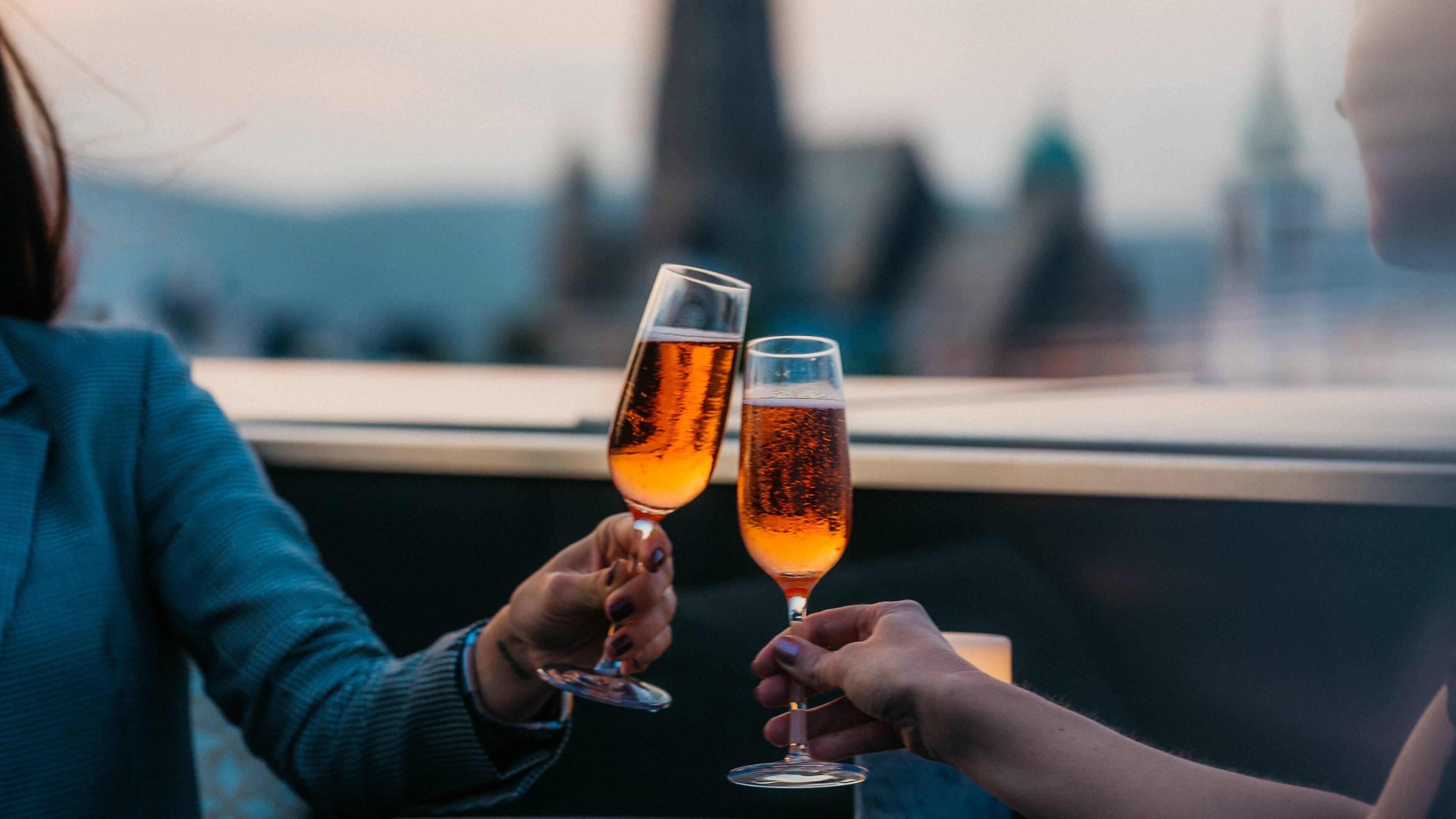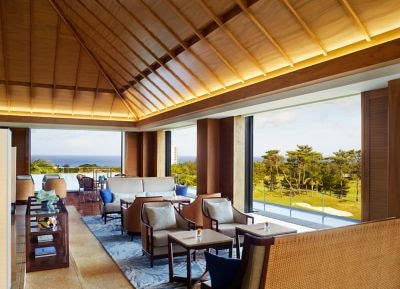
Whiskey is experiencing a resurgence around the world, from sonic aging in America to a fresh take on traditional Scotch techniques in Japan. We survey whiskey’s renewed modern appeal and discover why connoisseurs are falling in love with it all over again.
Whiskey, already one of the most respected and revered spirits across the world, has experienced a renaissance that rewards the discerning connoisseurs and collectors who are drawn to its rich hues and flavors. And as interest in whiskey intensifies, distilleries around the globe have introduced innovative techniques and signature approaches in their efforts to bring new life to this classic spirit.

INDUSTRY DISRUPTION
Just a few years ago, only a relatively small number of distilleries produced fine whiskeys. The Emerald Isle was home to only four Irish whiskey distilleries in 2013, for example, but galvanized by an incredible growth in demand, that number has already jumped to 27, with two more expected to open by year’s end. In a phenomenon similar to the growth of craft distillers in the U.S., many of Ireland’s new distilleries were opened by small independent brands; simultaneously, esteemed existing brands that for years had actually sourced their blends built their own facilities in an effort to take control of their spirits — and to seize their share of a market that has burgeoned as a result of an Instagram-friendly cocktail culture that’s now more enamored with smokier spirits than with premium vodkas that dominated in the early 2000s.
Still, it takes time for whiskey to develop its distinctive character, and with each year of aging the supply becomes ever scarcer because of the “angel’s share” lost to evaporation over time. (Scottish distillers write off 2% of their production volume each year, while in 2015 Buffalo Trace reported an astounding nearly 85% evaporation loss for one 15-year straight bourbon whiskey.)
To keep pace with demand, some distillers are experimenting with innovative “disruptive aging” techniques, designed to more rapidly impart the flavor notes and nuances that usually require years in a cask for whiskey to develop. Some techniques rely on heat, others on intense pressure, and yet others have turned to an entirely different spectrum: sound.
At Quadrant Bar & Lounge at The Ritz-Carlton, Washington, D.C., sound-aged spirits are created using barrel components and concentrated sonic waves to mimic years of cask aging. The finished bourbon, rye and whiskey develop “taste characteristics of spirits that spend an extra 10–15 years in a cask,” the mixology team explains in its expansive cocktail menu, “except we did it in the time it takes to watch your favorite television program.”


Until recently only a handful of distilleries produced fine whiskeys. Now, whiskey is a worldwide business. The Japanese are quickly becoming masters in the art and innovative techniques — and hint of mystery — of producing this alluring spirit.
VALUE PROPOSITION
Disruptive aging may be able to mimic the flavor characteristics of cask aging, but the vintage spirits have a value that transcends taste alone: Today, many enthusiasts see them as investments. The U.K. auction market for rare whiskey has more than quadrupled since 2015, and a bottle of The Macallan 1926 60-Year-Old sold for a record $1.5 million in 2018. Christie’s director of wine, Tim Triptree, who oversaw the sale to a private buyer, said he expects the collector’s market will continue to grow — which means that reserves will become even more rare and valuable.

Rare Japanese single-malt whiskeys have become particularly prized after Yamazaki Single Malt Sherry Cask 2013 was named the World’s Best Whiskey in 2015. A bottle of 50-year-old Yamazaki whiskey recently sold for about $300,000 at a Sotheby’s auction in Hong Kong.
The Japanese whiskey industry is largely credited to Masataka Taketsuru, a chemist who apprenticed in distilleries across Scotland and studied organic chemistry at the University of Glasgow in the early 20th century before returning to Japan in 1918 to join Kotobukiya — now Suntory — and later founding his own Nikka Whisky Distilling Co. Modern Japanese distillers are masters of blending, creating silky, mellow, harmonious whiskeys that can even be consumed with food, thanks to the purity of their soft mineral water.
Guests at The Bar at The Ritz-Carlton, Okinawa, can savor a glimpse into the offerings created by Japan’s most respected whiskey creators with The Japanese Whisky Experience, while The Bar at The Ritz-Carlton, Tokyo, offers a pair of Whisky Discovery Flights featuring Suntory and Nikka aged blends, as well as The Ritz-Carlton Tokyo Limited Edition, an extremely rare distilled 19-year single-cask whiskey from the now-closed Karuizawa distillery.
The accolades and success of Japanese whiskeys have inspired U.S. and European distilleries to attempt to capture that same magic. In a gesture Taketsuru would surely have appreciated, in 2015, a Scottish producer even released a limited-edition Scotch that had been aged in casks made of Japanese mizunara oak.
The world shows no sign of slaking its thirst for fine whiskeys, whether a peaty Scotch single-malt, a caramelly American bourbon or an intense Kavalan whiskey made in Taiwan, just one of many new entries into the field. Thanks to adventurous palates and nimble, experimental manufacturers, whiskey has entered a new golden age.










